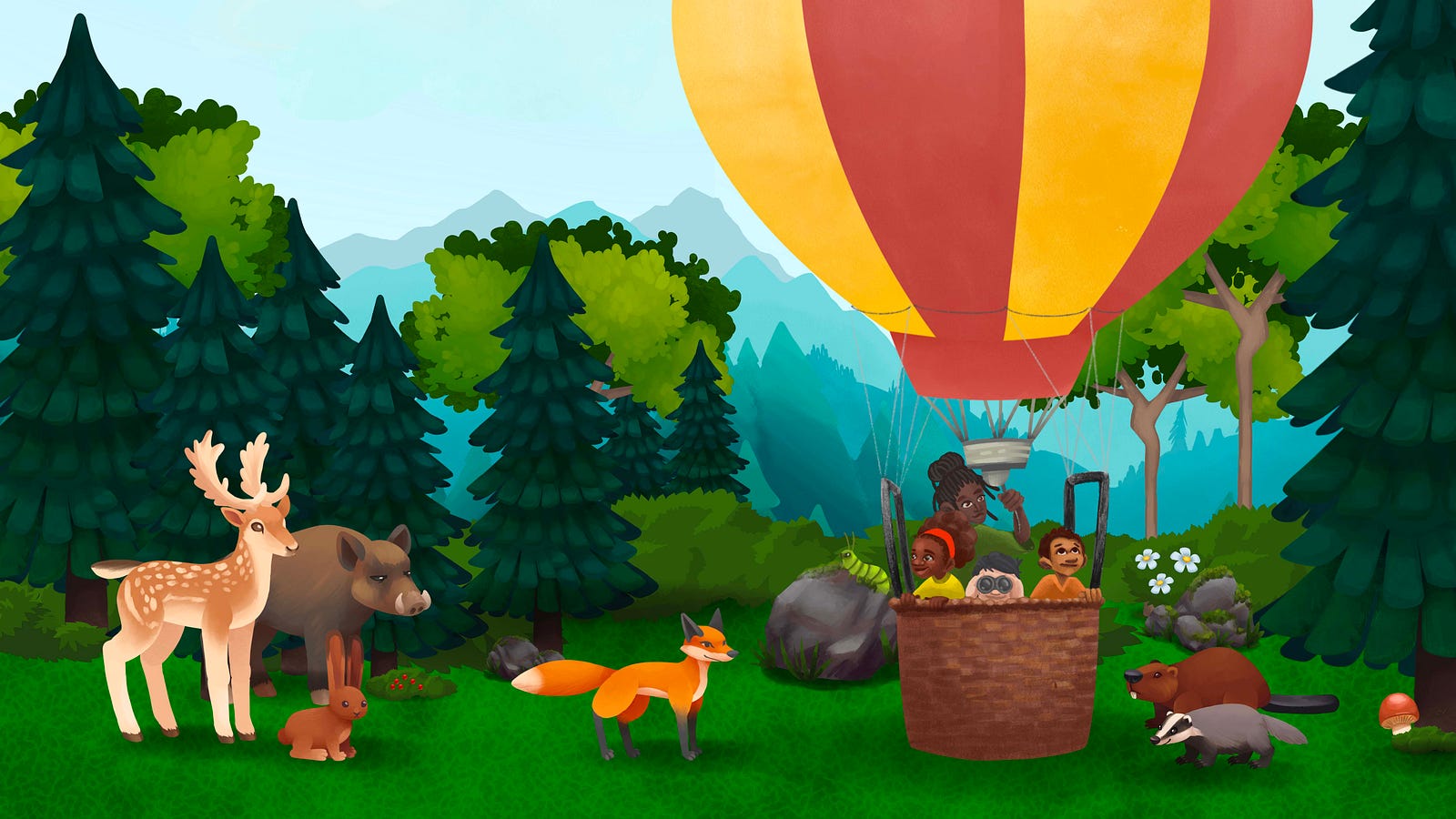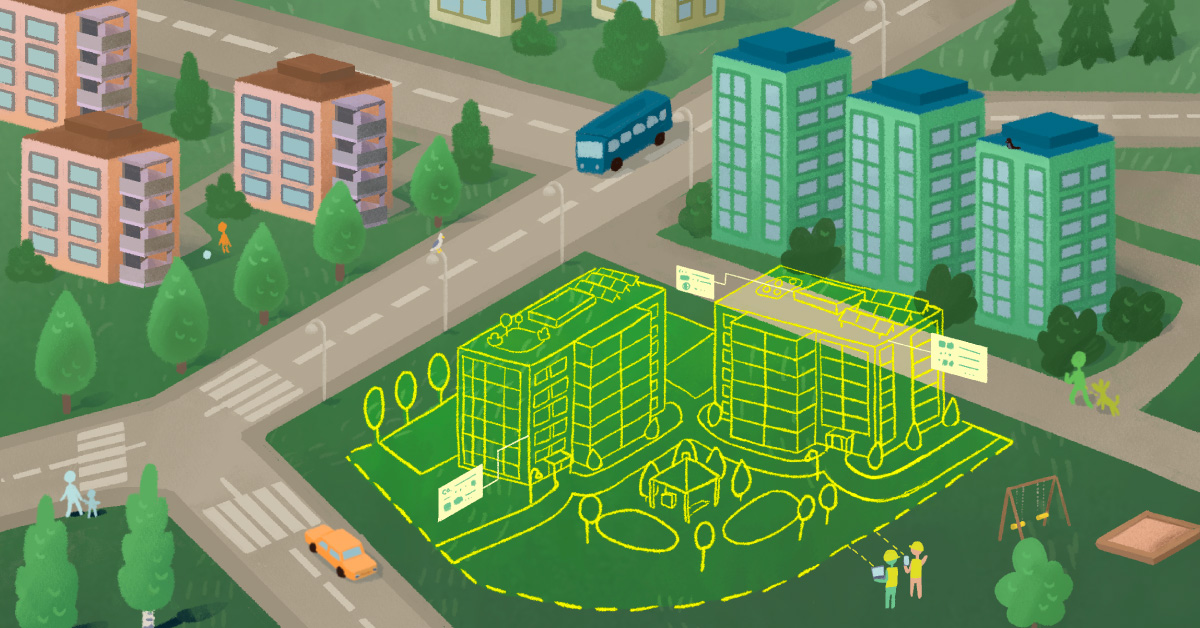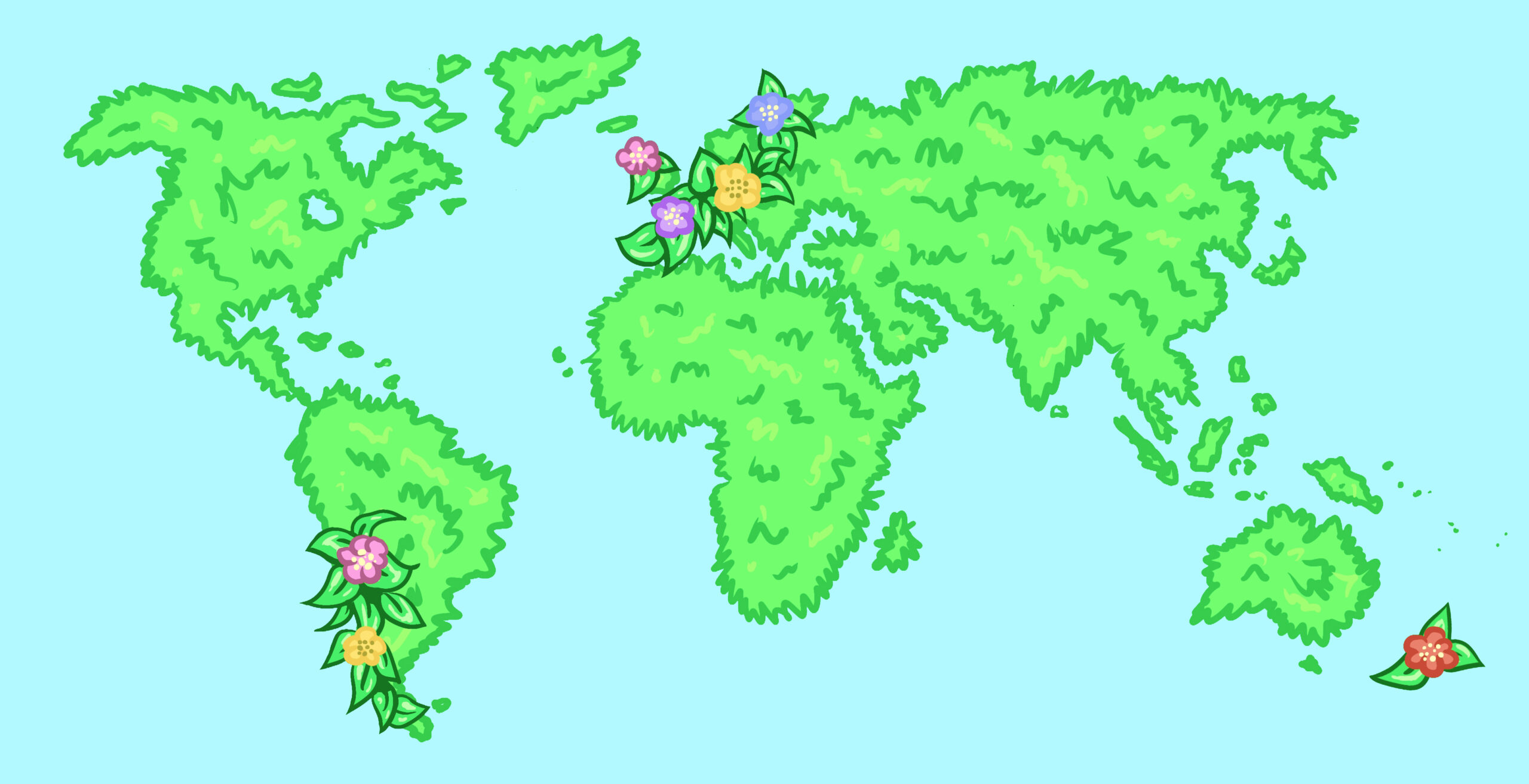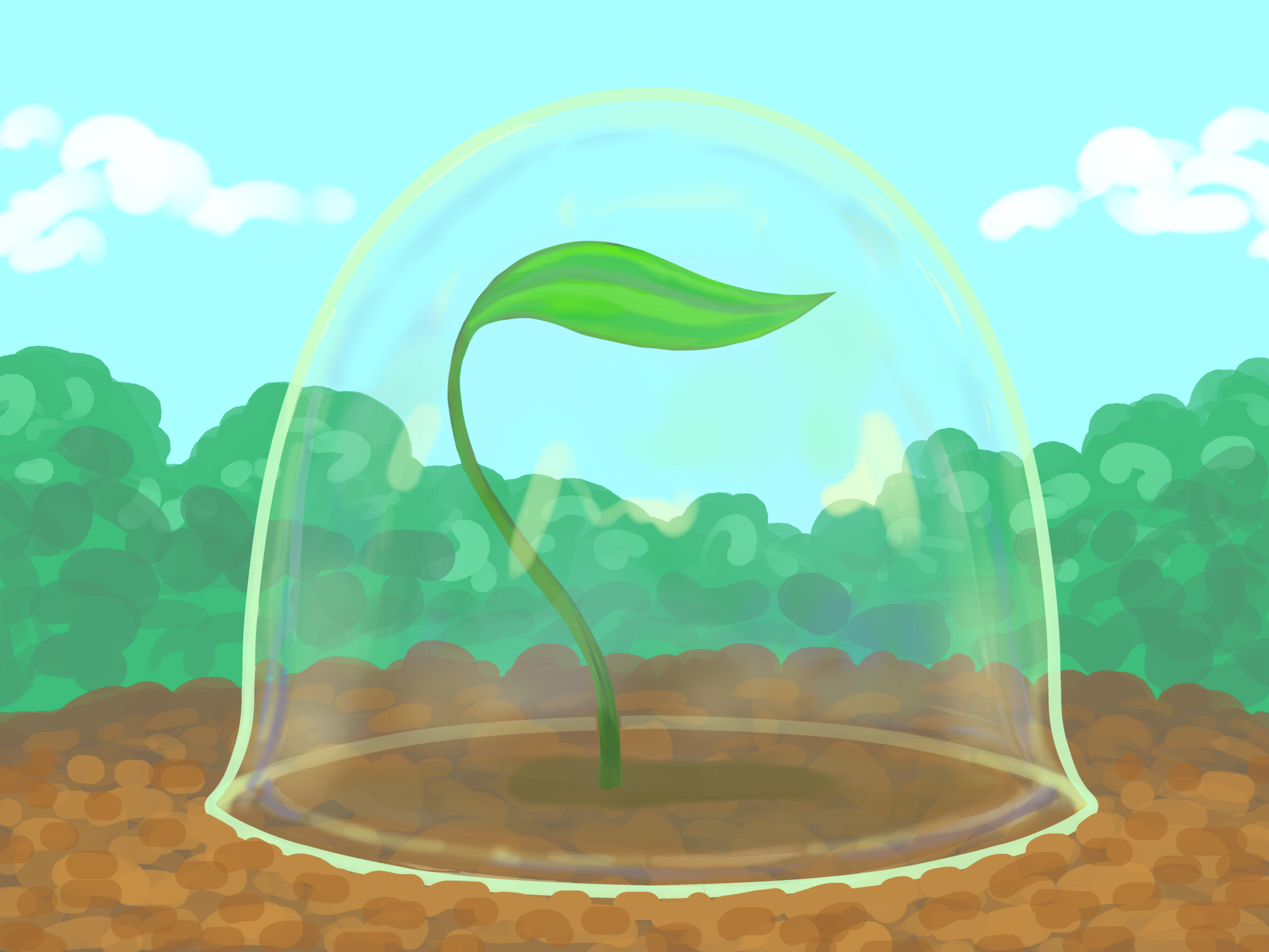Join us for a collaborative journey of game creation from concept to launch.
In this article, you’ll learn about the creative process behind the online game Forest Kids, from its initial concept to its final launch.
You’ll discover how the UN’s Food and Agriculture Organization (FAO), Avoin, and the European Space Agency (ESA) worked together to create an engaging and educational experience for children.
You’ll get a behind-the-scenes look at all levels of the game’s development, including ideation, managing the project, designing the game, programming, and production.
You’ll also find out what the game means to the people who made it, and what kind of meaningful impact they hope it has on the world.
Why Forest Kids?
Forest Kids came from unexpected beginnings.
Sara Maulo, from the UN FAO, was home with her kids during the pandemic. And she was thinking about ways to engage her children without too much screen time. Something a lot of parents can relate to.
Still, she and her kids found a space game from the European Space Agency featuring a friendly alien named Paxi. What’s more, they enjoyed playing it together. And Sara appreciated that it was educational.
She shared the game with her colleague, Chiara Patriarca, who also happens to be a mom. Together, they asked a simple question: What if we had a game about forests to teach kids more about the importance of trees for life on Earth?
Together, Chiara and Sara approached ESA. Sara said, “The idea [ for Forest Kids ] came out of a discussion between ourselves and ESA.”
The flowering of an idea
Turning their joint idea into a fully featured game was not a straightforward endeavor.
Sara found herself playing the role of coordinator, arranging countless meetings between internal stakeholders, Avoin (the game developers), and ESA.
Chiara played a more technical role. She said, “I was more involved in setting and defining which types of ecosystems we should focus on and customize our game around.
“As you have seen, we decided on four different biomes. That was a combination of the dryland assessment we have done and the global ecological zones. To make it easier for kids to understand, we summarized these layers into one unique layer.”
Making the game fun for kids — while also preserving important ecological concepts and science-based information — was a challenge in and of itself.
Chiara said, “We had many discussions on what type of information to provide, whether to call these biomes or give them another easier name. We decided it’s important for kids to start familiarizing themselves with some of this information.”
For both Sara and Chiara, persevering through the challenges was important, because the game was more than just entertainment. It represented an opportunity to educate children worldwide about the importance of trees, forests, and their surrounding ecosystems.
In support of that mission, the game has been translated into six languages: English, French, Spanish, Arabic, Russian, and Chinese.
From an Art Director’s point of view
Linda Mandell, the Art Director and Designer, enjoyed researching the animals and designing in-game characters with realistic features.
Her goal with the game?
To teach children about biodiversity and the importance of forests.
Linda said, “We want children to not only learn about animals but also understand the importance of different forest functions, such as carbon sequestration, climate change mitigation, and the provision of goods and services like wood and forest products. As the game grows, we aim to visually represent these vital concepts in engaging ways, helping kids grasp the importance of biodiversity and the role forests play in sustaining our planet.”
From a Game Developer’s point of view
Mikko Jokinen joined Avoin as a software developer during the pandemic.
During that time, he’d worked on some environmental mapping projects before starting with Forest Kids.
Forest Kids was his first professional game development project.
According to Mikko, “I was the main coder and programmer for the game. I coded the game in Unity, using C#. What made the game meaningful to me was the grand idea of teaching kids all over the world about ecosystems.”
While he faced programming challenges along the way, he didn’t encounter any that he couldn’t solve with the help of Google.
What pleased Mikko the most was the opportunity to work on a meaningful project.
From a Game Producer’s point of view
Mervi Kemppainen, the Game Producer, came to Avoin from the Finnish movie industry.
She and her team of student volunteers had three months to develop the game, and they focused on analyzing and improving its design, user interface, gameplay, story, and art style.
According to Mervi, creating a game like this requires a multidisciplinary team. She said, “To create a game like this, you need a lot of knowledge in different areas. You need forestry engineers, people who understand teaching and learning, sound designers, and game producers like me who bring everything together. Recently, I presented a keynote speech about multidisciplinary cooperation in serious games development. I talked about how to combine expertise from different fields to create a game.”
They tested the game with university students and later with kids at a camp to ensure it was engaging and educational. Although the team faced challenges, such as not yet being able to use real-time satellite data as they’d originally hoped, they learned valuable lessons throughout the process.
Mervi offered advice for aspiring game developers, encouraging them to start with easy game engines like Scratch or Roblox and progressively move on to more advanced engines like Godot or Unreal. She emphasized the importance of learning from players’ feedback and collaborating with friends who share similar interests.
The Forest Kids game is an ongoing project, and Mervi hopes to expand its content and features in the future.
She said, “We’re still developing the game. There are many other forest ecosystems in the world and we plan to add more mini-games. We had a prototype of a meta-game, but we couldn’t implement it [before launch].
“The meta-game involves players building their own forest by earning points in mini-games. We hope to implement it someday so kids can learn how to help forest ecosystems in a child-friendly way.”
Ready, set, launch!
ESA proudly announced the game launch in November of 2022.
But was it a success?
Sara Maulo shared the game at the World Forestry Congress. She said, “We had it on a screen and some tech-savvy people were playing with it. That’s when we realized it really works.
“…we saw people playing and enjoying the game, like the Princess of Jordan, who is a Goodwill Ambassador for the FAO.
“Seeing the excitement of people, like a group of tech-savvy ladies playing the game and their joyful reactions, made us realize that our hard work was paying off. They were switching from one biome to the other without instructions. That was very pleasing to see. We were very pleased because we didn’t know until that moment; it was only us and some testers.”
Future directions
In speaking with members of the Forest Kids team, it’s clear that — like a tree — this game is meant to grow.
More biomes.
More animals.
More mini-games.
And more opportunities for children worldwide to learn about trees, animals, forests, and the biomes that support life on our planet.
Wrap-up
From inception to launch, Forest Kids represented a collaborative effort between Avoin, the UN’s FAO, and ESA.
The team members who took part in its creation share a common passion for educating the world’s children about the natural world around them.
If there’s a parting message worth sharing, it may be this one from Sara Maulo: “Besides playing the game, there is a real world to discover. So it’s important for players to be inspired, attracted, and motivated to go and visit the forest and understand what a real forest is.”
Addendum: The Development Process
The FAO chose Avoin as a game development partner.
Avoin is a non-profit technology company based in Helsinki, Finland, that develops software in support of sustainable living.
The core team that created the game was tight-knit and agile:
Otso Valta, the co-founder of Avoin, provided help with coordination. Mervi Kemppainen served as the game producer. Marja Tuhkanen helped with production. Sari Kivijärvi assisted with game testing. Scripting the ecoregions was handled by the FAO’s Chiara Patriarca and their flora and fauna by Joel Rahkonen. Scripting the forest educational content was handled by the FAO’s Sara Maulo, and Anssi Pekkarinen. The European Space Agency’s Clara Cruz Niggebrugge directed the space-related educational content.
Linda Mandell handled most of the design and graphics. Otto-Pekka Taskinen and Heta Mustila helped with the design. Tia Korhonen, and Esa Kurtti helped with graphics. Valtteri Leino, Veera Kolkki, and Liida Järvenpää handled the animations and some of the graphics, too. Jesse Bastide was the copywriter. Music and sound effects were produced by Joni Backman. Voiceover recordings were made by the FAO’s Marco Perri.
Mikko Jokinen did most of the software development. Code was also written by Albert Uusi-Illikainen, Joona Rissanen, Ossi Uusitalo, Joonatan Liljanto, Niilo Karjalainen, and Daniel Koski. Publishing the game was supported by Avoin’s co-founder and technical officer, Petja Valkama, and the FAO’s programmer Miro Sorja.
Written by Jesse Bastide. This text is the tenth post in a blog series by Avoin. The blog series discusses environmental protection and sustainable development from a digital point of view.



